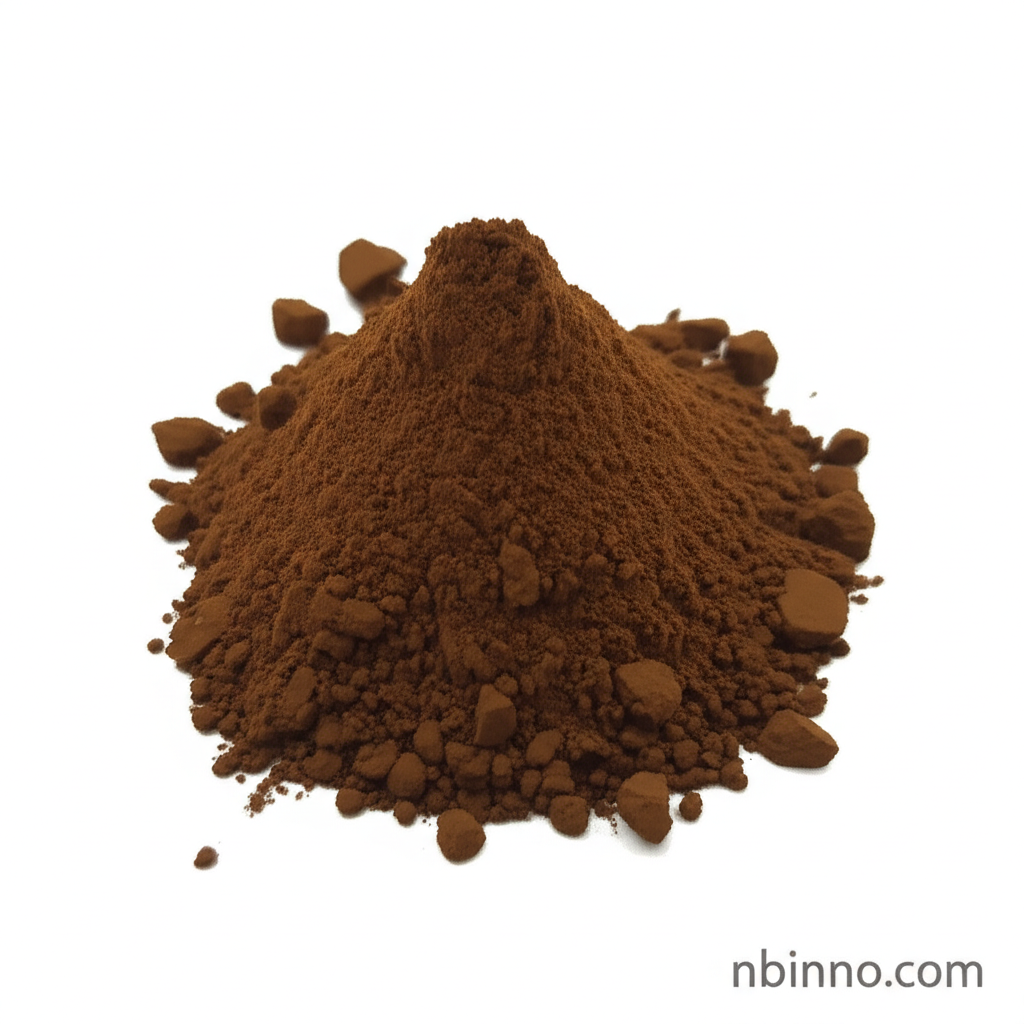Unlock the Catalytic Power of Iron(II) Acetylacetonate for Diverse Organic Reactions
Discover the versatile catalytic capabilities of Iron(II) acetylacetonate, a key enabler in modern organic synthesis.
Get a Quote & SampleProduct Core Value

Iron(II) Acetylacetonate
Iron(II) acetylacetonate, also known as Fe(acac)2, is a highly effective catalyst with a molecular formula of C10H16FeO4 and 95% purity. This dark brown powder is prized for its solubility in organic solvents like benzene and toluene, making it a versatile tool for various chemical transformations. Its stability when stored correctly ensures reliable performance in catalytic applications.
- Explore the use of Iron(II) acetylacetonate as a catalyst for various organic reactions, facilitating complex chemical processes with efficiency and precision.
- Leverage the solubility of Fe(acac)2 in benzene and toluene for seamless integration into reaction mixtures and solvent systems.
- Benefit from the catalytic activity of Iron(II) acetylacetonate in hydrogenation, enabling efficient reduction of chemical compounds.
- Utilize this compound as an oxidation catalyst, driving crucial oxidative transformations in synthetic pathways.
Advantages of Using Iron(II) Acetylacetonate
Broad Catalytic Spectrum
Fe(acac)2 organic reaction catalyst capabilities extend to oligomerization, hydrosilation, hydrogenation, reduction, cross-coupling, oxidation, conjugate addition, addition to unsaturated bonds, and rearrangement, offering a comprehensive solution for diverse synthetic needs.
Enhanced Solubility
The excellent solubility in organic solvents like benzene and toluene allows for seamless integration of Iron(II) acetylacetonate into reaction mixtures, simplifying process design and execution.
Reliable Stability
When stored under recommended conditions, this dark brown powder catalyst exhibits good stability, ensuring consistent performance and predictable results in your chemical syntheses.
Key Applications
Catalysis in Organic Synthesis
The primary application of Iron(II) acetylacetonate is as a catalyst in a wide array of organic reactions, from basic transformations to complex multi-step syntheses, making it indispensable for fine chemical production.
Hydrogenation Processes
As an effective hydrogenation catalyst Fe(acac)2, it plays a crucial role in processes requiring the selective addition of hydrogen to unsaturated bonds.
Oxidation Reactions
The compound's utility as an oxidation catalyst Iron(II) acetylacetonate enables efficient oxidative transformations, vital in the synthesis of many organic intermediates and final products.
Material Science Precursor
Beyond its catalytic roles, Iron(II) acetylacetonate serves as a precursor in material science for the development of iron-containing materials, leveraging its chemical structure and properties.
